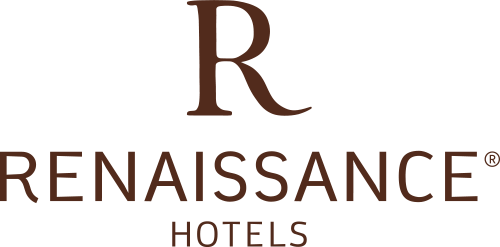What is LinkedIn® Private Mode Really All About?
Job Search Tips / January 5, 2022You’ve heard that LinkedIn® is a great tool when you’re searching for a new job and it is! However, you’re still employed and you’re concerned about your employer finding out that you’re looking around at other opportunities. Or perhaps, you want to do your due diligence and don’t want the person you’re searching to know that you’re checking them out.
There’s a way to use LinkedIn and remain anonymous when you’re doing your “homework” online. It’s called Private Mode. When you enable Private Mode and you’re searching LinkedIn, your name and other profile information won’t be shared with the professional members of the profiles you’re viewing.
You can enable your profile to Private Mode by:
1. Going to “Settings & Privacy.”
2. Click “Visibility.”
3. Click “Profile Viewing Options.”
4. Select “Private Mode.”
Once enabled you’ll appear in another person’s “Who’s Viewed Your Profile” section as an anonymous LinkedIn member. Also note, if you have a Basic (free) account, as long as your profile is set to Private Mode, you won’t be able to see who has viewed your profile and according to LinkedIn, it also erases your viewer history.
In addition to keeping your job search top secret from your current employer or co-workers, what are some other benefits of using Private Mode during a job search?
1. Exploring how to best optimize your LinkedIn profile
It’s important to optimize your LI profile for keyword phrases (those phrases you think an HR supervisor or recruiter might search to find someone with skills like yours). If you’re just getting started on LinkedIn, do a search for those keyword phrases to see who shows up and how they have optimized their profiles. This should give you creative ideas on how to optimize your own before you’re ready to go “public.” In addition, if you haven’t created a robust and optimized profile, you should not be reaching out to connect with other professionals yet. You’ll find some LinkedIn tips here.
2. Research companies you’re interested in
Not only can you learn more about them on their company pages, but you may discover that they’re hiring for a position that fits your talents. And, you can identify people who work at the company (see point #4).
3. If there is a job opening at a company, when you view the company page, you might find the person who currently holds that position
If so, you can peek at their profile (remember, they won’t know), see what responsibilities they took on in their role and whether you’d be a fit.
4. View profiles of other professionals who work at the company you’re interested in
This way you’ll learn about their backgrounds, their skills, and possibly how they got started at the company. See what their LI activity is like and what they post on the platform. You might find commonalities with this person(s) and reach out to connect (not to ask for a job, but to start building a relationship).
5. Research executives
You can use Private Mode when you want to compile a list of executives, upper-level management, or HR personnel at a company you think you’d like to work at. Exploring more about them ahead of time may help you in the decision-making process when a job becomes available at the company. You might consider following them on LinkedIn (vs. connecting) to see what they post. If their posts interest you, engage with them by liking, sharing or commenting. However, at this point you’ll want to be visible so that you pique their curiosity. And, if a job opens up, you have already taken steps toward nurturing a beneficial connection.
6. Analyze your workplace competition
Perhaps you’re seeking a promotion within your company and want to learn more about a co-worker who may also be up for the job OR the manager who will be your new boss if you get the job. Private Mode allows you to look them up (if they’re on LinkedIn) without triggering any suspicion on their part.
Private Mode has its advantages, but at some point, when your due diligence is complete, you should consider switching your profile back to Public Mode again. As you engage with potential employers or professionals who work at the company, you get noticed, not by saying “hire me,” but by demonstrating that you’re paying attention to their LI activity (see point #5 above). LinkedIn notifies them of your engagement so they start to notice your involvement. Then, when you apply for a position that opens up within their company, your name may not come as a total surprise to them











